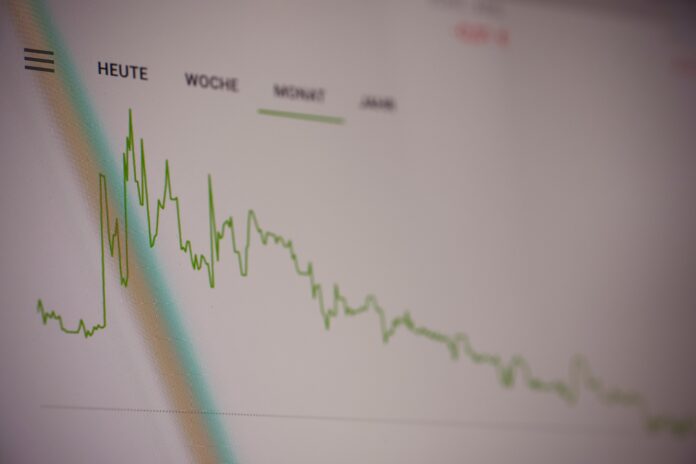The Russo-Ukrainian war and the slowdown in China’s economic growth caused commodity prices to rise rapidly. The price increase was allegedly able to pose a stagflation threat for Asia countries.
The International Monetary Fund (IMF) estimates that economic growth in the Asian region will be lower, while the rate of inflation will rise higher. Economic growth in the Asian region is estimated to grow 4.9 percent this year, 0.5 percent lower than the previous estimate.
The IMF also lowered its forecast for ASEAN economic growth by 0.2 percent to 5.1 percent this year.
Furthermore, Anne-Marie Gulde-Wolf said that when Asia experienced inflation, the Chinese economy began to slow down. This is what causes pressure on regional growth.
Moreover, the steady increase in interest rates that the US Federal Reserve expects also presents a challenge for Asian policymakers given the huge US dollar-denominated debt in the Asian region.
Then what about the Indonesian economy? Bank Danamon Macroeconomic Analyst Irman Faiz believes that the Indonesian economy is currently safe from the threat of stagflation.
He said stagflation occurs if the inflation rate increases, while economic growth slows down. Economic stagflation is also a risk if demand recovery in a country is disrupted.
According to him, domestic demand is currently still improving and is projected to continue to improve in the future.
“Our baseline for Indonesia will not stagnate, because this year’s economic growth will still improve to 5.1 percent,” he said, Tuesday (26/4/2022).
Meanwhile, Faiz estimates that Indonesia’s inflation rate will reach 4.0 percent by the end of 2022, without taking into account the increase in fuel prices.
The increase in inflation, he said, occurred in line with improving domestic demand, also driven by the transmission of increased production costs that have been borne by producers since the end of 2021.



















